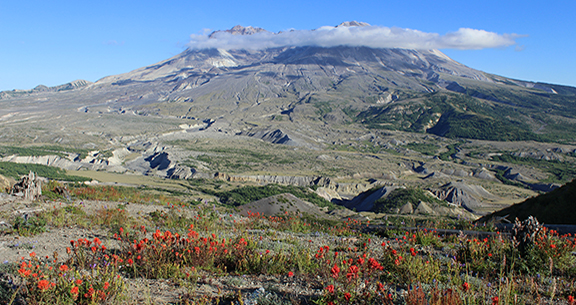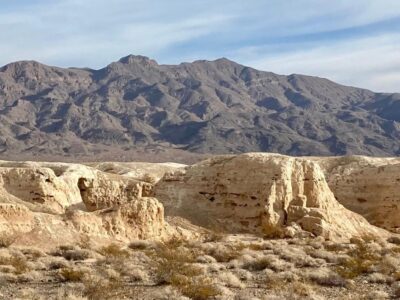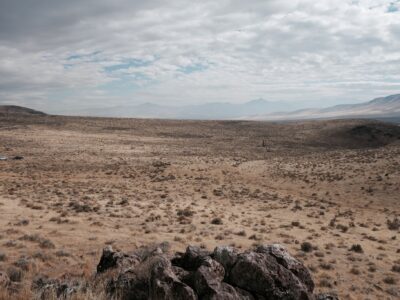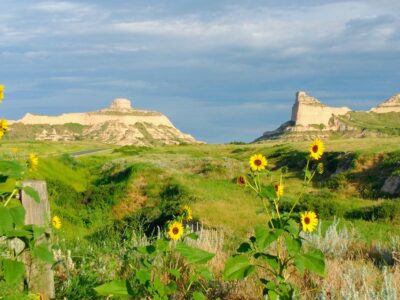Because of its relatively remote proximity in the far-flung Pacific Northwest of the United States, Washington may not rank as high on the average American tourist “must-visit” list. However, as anyone who has ever visited the Evergreen State knows, it’s worth going the extra mile to see and experience this great state.
Washington, simply put, has it all! From the sparking spire of Seattle’s Space Needle to the dense, lush forests of the Cascades foothills, the state has a little bit of everything. It even has an active volcano!
Named first as a territory for the first American president — George Washington — in 1853, the state’s history stretches back millennia.
The skeletal remains of the Kennewick Man date back to 9,300 BC and are among the oldest and most complete skeletons in North America. The find tells modern archeologists much about life in those prehistoric days.
Other Indigenous Tribes lived and thrived here for thousands of years before European settlers eventually discovered the area in the late 18th century. Today, Washington is home to thriving city centers and some of the most remote and beautiful land in the contiguous U.S. It is also a major attraction for outdoor lovers seeking communion and adventure in its largely untouched backcountry.
With a history stretching back more than 10,000 years, it would be no surprise to learn that Washington has quite the story to tell. Lucky for any would-be traveler, it contains four incredible National Monuments to explore. Read on to learn more!
Mount St. Helen’s National Volcanic Monument: Washington’s most famous landmark erupted on May 18, 1980, creating an avalanche spurred by a 5.1 magnitude earthquake sending mushroom clouds thousands of feet into the sky, blanketing the area in gray ash and dust. Two years later, President Ronald Reagan and Congress would form Mount St. Helen’s National Volcanic Monument to preserve more than 110,000 acres of Washington land for scientific study and recreation. Today, tourists can learn more about this incredible event by experiencing one of the many exhibits offered at the visitor’s center. More adventurous travelers can hike to the top of the crater rim to see the massive volcano up close and personal.
Photo Courtesy Washington State Parks & Recreation Commission
Hanford Ranch National Monument: This site, comprising more than 190,000 acres of Washington land, was the first National Monument for the U.S. Fish & Wildlife Service and boasts quite a history. Aside from protecting the wildlife and natural splendor of eastern Washington, Hanford Ranch also tells the story of its part in developing the atomic bomb as the U.S. military chose the remote area for plutonium enrichment during World War II. Visitors are invited to learn more about the reactors that are still on site, the work done here, and the men and women behind the making of the “Fat Boy” bomb that, in part, ended the Second Great War. Today, the monument is a refuge for outdoors lovers of all stripes looking to hunt, fish, hike, or simply commune with nature in this stunning Washington landscape.
Photo Courtesy NPS
San Juan Islands National Monument: Washington has mountains, volcanoes, and lush, dense forests, yes. But it also has an entire coastline of pristine Pacific Ocean for all to enjoy. One place to start is at this stunning monument on Puget Sound! San Juan Islands is a collection of more than 450 islands that covers over 1,000 acres of land. This site draws thousands of visitors annually to experience its truly unique assortment of topography, natural wildlife, and ancient historic treasures. From kayaking to hiking to exploring one of the hundreds of small rocks and islands, the outdoor fun and adventure opportunities are virtually limitless, and this spot should not be passed by.
Photo Courtesy BLM/Flickr Album: San Juan Islands National Monument
Medicine Creek Treaty National Monument: One of the lesser known and sparsely visited National Monuments in Washington can be found in the South Sound area of the state. Medicine Creek Treaty commemorates the treaty between the then-governor of the Washington Territory and the many Native Tribes in the area in an attempt to secure Tribal lands for settlement and forge a lasting peace between the two cultures. This agreement would be fraught with conflict for decades, and today, visitors are invited to learn more about the uneasy alliances of the 19th century between White settlers and Indigenous Tribes and how that affected the settling and prospering of this area of the Pacific Northwest. This site is a history lover’s dream!
Photo Courtesy Washington Our Home





